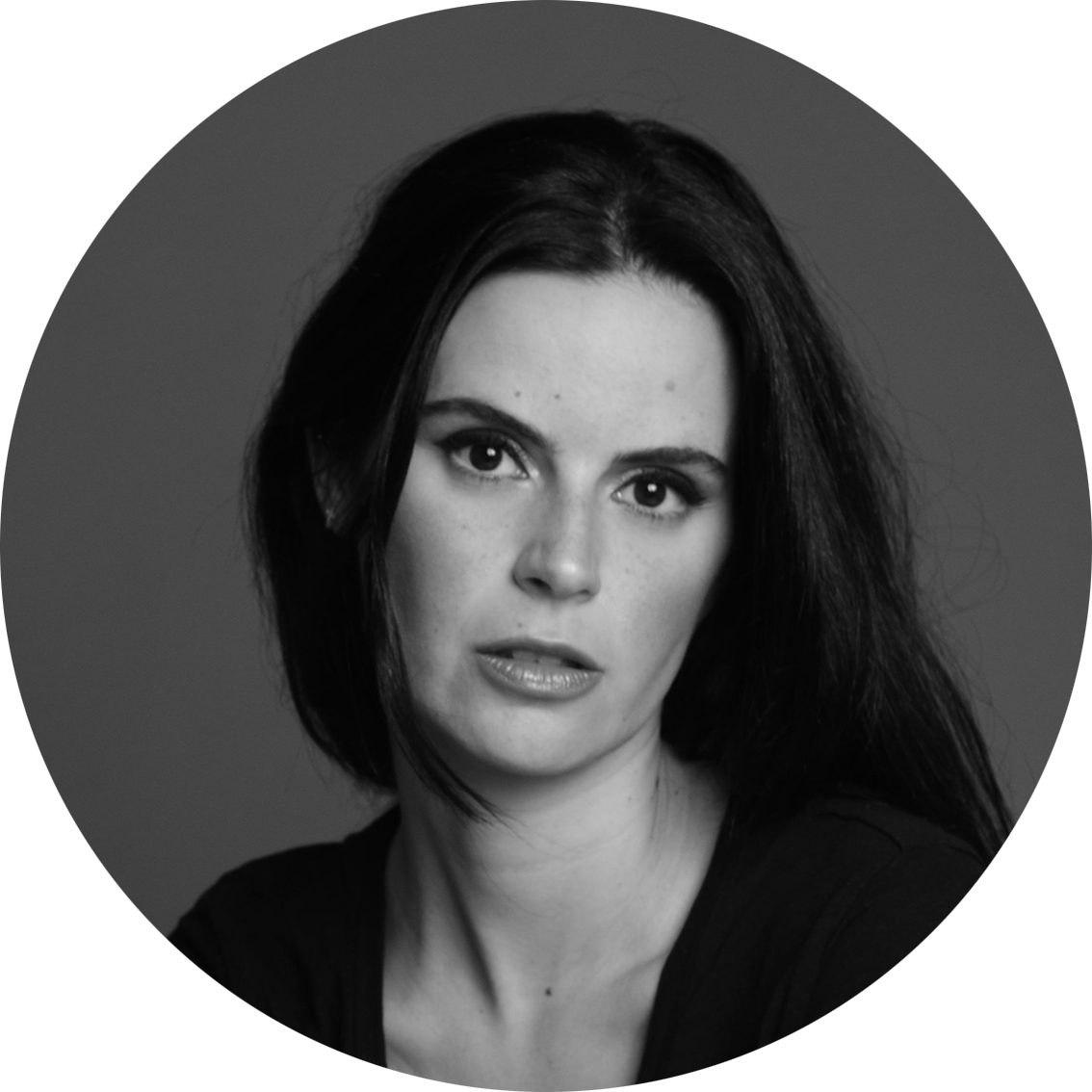Winners Never Quit
In Pelle Cass's photographs there are thousands of things happening at the same time. As if within one image there were hundreds more. Could there be?
You may not know his name, but it's impossible not to know his work. Pelle Cass is one of the great masters of modern photography, particularly street photography, through which he captures seemingly ordinary moments that he then transforms into works of art. Do you remember the December 2022 cover of New York magazine, entitled Reasons to Love New York, which ended up winning several design awards? He was the author of that iconic image, which brought together the best of the big apple: the people, the style, the joy, the diversity, the controlled chaos. In an issue dedicated to sport, we turned to his Crowded Fields series to find out what inspires the artist from Brooklyn (New York) to capture scenes from everyday life that he then turns into mesmerizing paintings. The magic of Pelle Cass's post-production involves combining images to weave a narrative rich in detail — it is this harmonious fusion of reality and fiction or, if you prefer, alternative reality, that the American challenges conventional perceptions of existence, proposing a universe where all moments coexist at the same time and where everything is everywhere at the same time.
How did you come up with the idea for your series Crowded Fields? The series emerged from my series of street photos called Selected People, which looked at people in public places. I used the same technique--what I call a still time-lapse--to photograph sports, starting around 2018. Photographs of people on the street tend to be serene and the energy in the pictures comes from a feeling of strangeness. However, I noticed that I craved action. Whenever a kid ran through the scene or a bird swooped into the frame, I felt a jolt of excitement. I wanted to do new pictures that would convey a feeling of chaos and struggle but also a kind of joy. I vaguely wanted to try pure sports images--I’d done a single one as part of a commission a few years earlier. One day, I was walking with my wife near Harvard Stadium. The game was half over, so admission was free. I had a little camera with me and we decided to go in. We went to a high spot in the big stone stadium, I balanced my camera on a ledge, and let it take pictures every second for the rest of the game. The picture worked out, and after that I spent the next two years biking, walking, or taking the bus to college sporting events around Boston, where I live.
The pictures depict people doing sports, but instead of the number of people we are used to see, there are dozens more. What to you intend to show with this, is it somehow a critic to modern society? As I said in my last answer, the initial basic urge was compositional and expressive, and adding more figures achieved this. I was also aware of the role stop-motion photos have played in the history of photography--Muybridge and Edgerton, in particular--and I wanted to be sure that my photos weren’t cliched versions of theirs. Instead of presenting a rational image--a runner plants a pole, the pole bends, the figure ascends, hovers over the pole, and now free of tension, falls and sinks into the puffy mat--my images are a chaos of poles and limbs and are more akin to the experience of participating in sports than in watching them. I like to play various sports--tennis, volleyball, basketball in the past, and pickleball these days--and the feeling while I’m in it is one of just barely staving off chaos, all the action unfolding in a rapid mess while I struggle to impose order by making the ball go here or there. I think this feeling explains on a basic level what I’m trying to do. And my pictures favor play over competition. And maybe by extension, I’m criticizing not only the competitive, rule-bound nature of sports by making a mess of it, and by much further extension, equating competition with capitalism and making fun of it.. But it’s hard for me to say that it’s my intent, only that an anarchic spirit is mixed in there somewhere.
Much of your work is done with time-lapse. Can you walk us through the process of doing these pictures? First, I put my camera on a tripod, take anywhere from two thousand to five thousand pictures over an hour or two. I find a blank scene as a base. Then, back home using Photoshop, I go through the images and see what interesting pattern or feeling emerges as I pick out figures to include in the blank scene. Each figure stays in its real, original place. I don’t change a thing. I just decide what to leave in and what to leave out, and the image builds slowly, one figure at a time. It takes days and sometimes weeks to make a composition, since I might try it a couple of different ways.
The ideia of changing/altering the narrative is not strange to your work. One could say that you like to distort reality to show a new version of it. Would you agree with this? Yes, I basically agree, but I don’t think I distort reality so much as present a subjective version of it. I decided to leave exactly these figures in the scene and omitted the rest. That is what you do when you walk down the street. You only notice what you notice, but it’s all objectively real. The same is true of my work. It all happened just as you see it, just not at exactly the same time. I believe my work is more real than a regular still photo since it includes more time and is clearly the result of a subjective observer.
The Olympics will start in a few days. Do you see sports as a good field for inspiration? I read somewhere that sports are “manufactured meaning.” It’s a way to artificially--by way of a set of rules--make a situation with consequences that you feel in your heart, as real as you feel events in your own life. In this way, sports is very close to art--if you think of those rules and the creation of an individual artist instead of a historical accumulation of decisions made by many people with a variety of motives--players, league presidents, rules committees, sports teams owners, etc. A more conventional opinion, that I also partly hold, is that the field of sports is a bloated profit-driven entertainment monster that diverts and distracts from more serious things, all with more than a whiff of conformity, rigidity, disciplinarianism, and militarism. I love sports! I hate sports!
There are some things we can recognize instantly in your photos: the sense of movement, lots of people, and an organized chaos. In the end, is it all about life and being alive? Yes, I think that’s right. I’m looking for life, energy, movement, feeling. Something rather than nothing!
Translated from the original in the "Winners Never Quit" issue, published July 2024. Full stories and credits in the print version.
Most popular
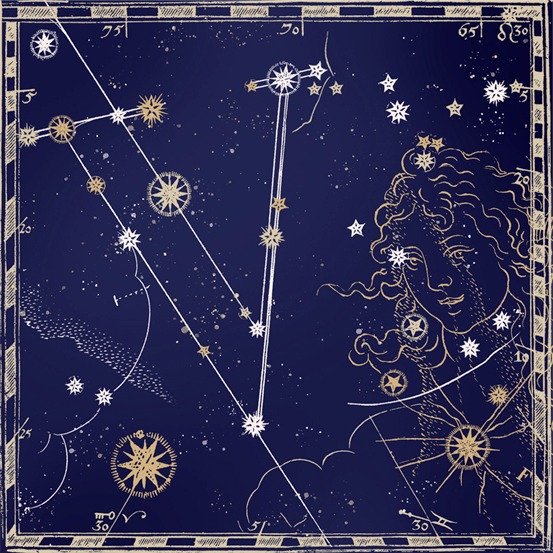
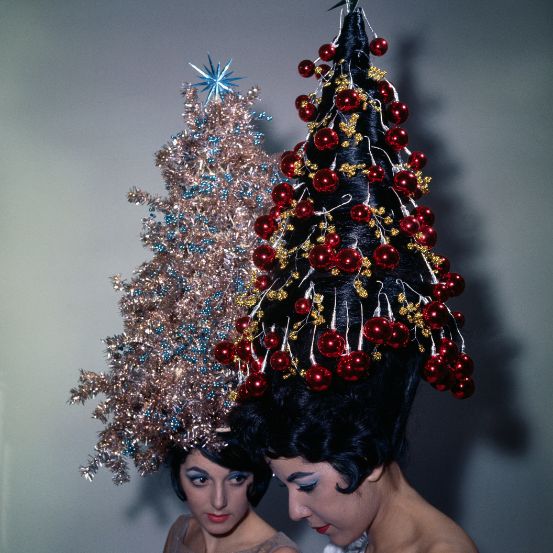
Relacionados
.jpg)
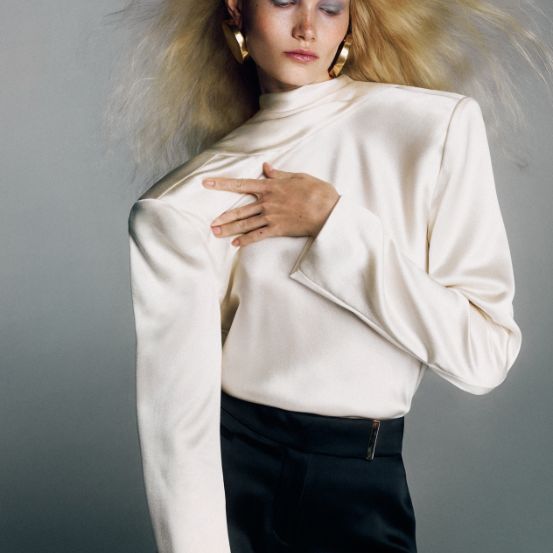
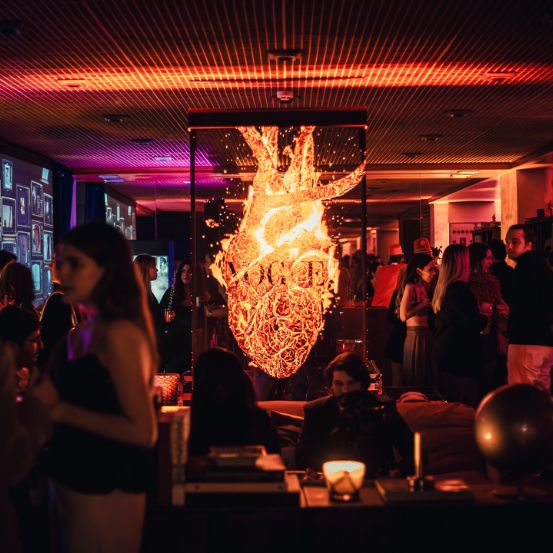
LightHouse Publishing x Street Smash Burgers: uma noite no escritório da Vogue Portugal
19 Dec 2025
 (14).png)




